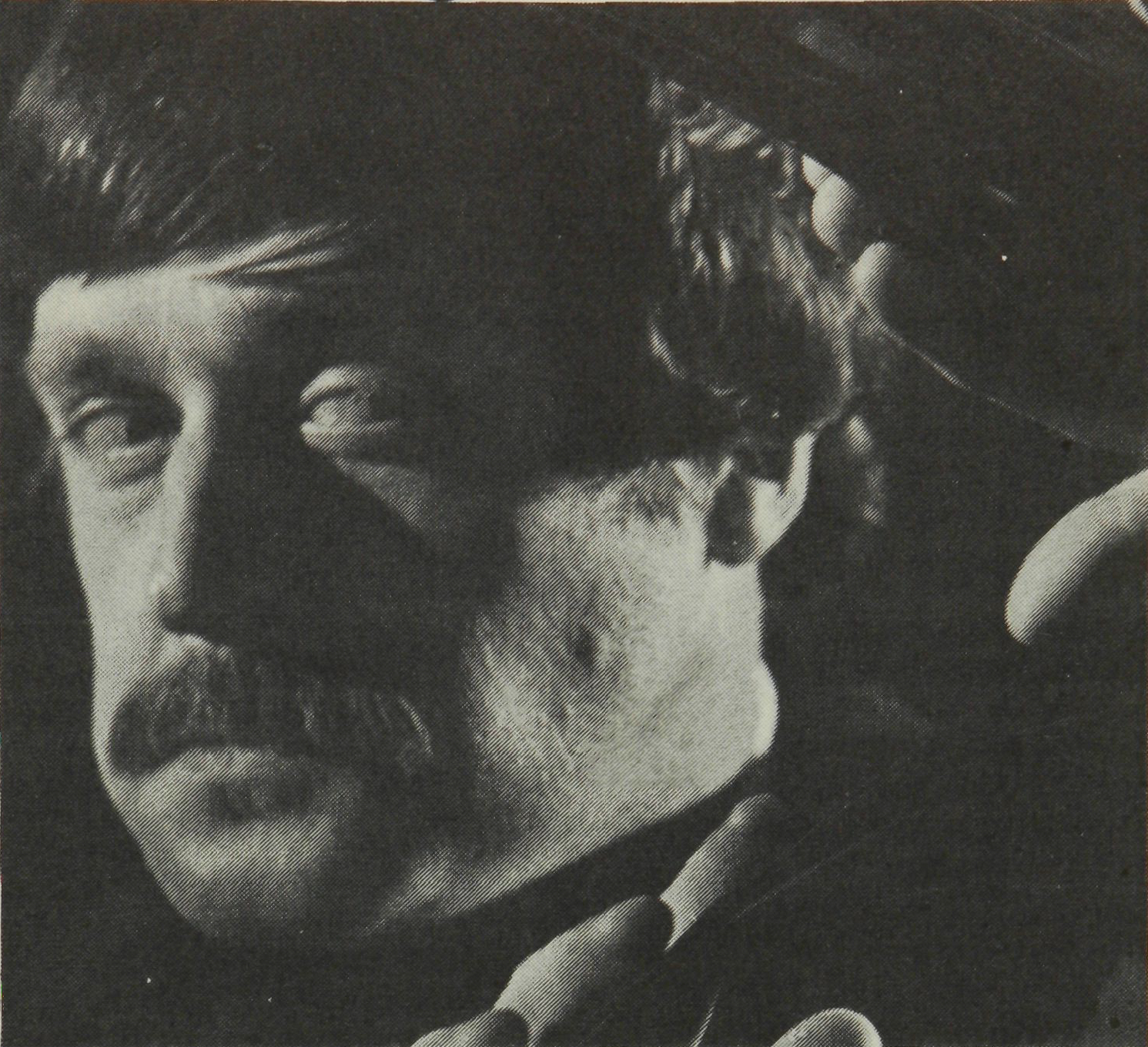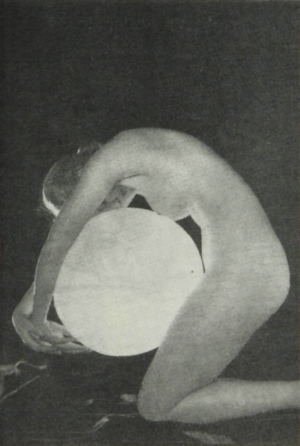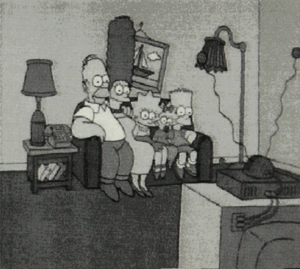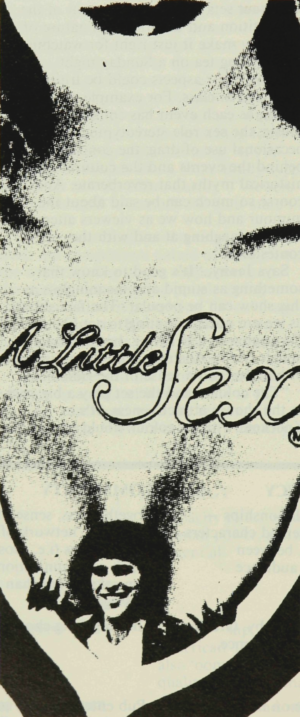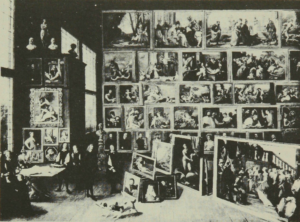I have an awful fear that film study is taking a serious step backward. When Film Study first really got going (under the old name of Film Appreciation) its staple fare was Great Expectations, Hamlet, Oliver Twist – and any other film that was obviously respectable because it came from a respectable book.
In recent years, as a lot of people realised that although the books may have been respectable, the films were usually dull. The film itself was looked at. What was the film’s style? What was the film about? What facets of the personality of the creator(s) did it reveal? What did it tell us about our society? What was unique and valuable about that film? And so on …
I guess a lot of the people were brave pioneers. They dared the wrath of administrators to use films like The Sugarland Express or Love Story, Jaws or A Star Is Born because they knew the filmic element of those films was the value of the experience.
But I fear respectability is trying to regain its lost ground, and subvert those who value films as, well, as Film. Take the last issue of Metro as an example – and Storm Boy in particular.
Firstly, let me say I have nothing really strongly against Storm Boy as a film, but I can’t find much to say for it. I think it has been brilliantly handled as a product by its distributors. As the Metro articles indicate it will be a good sugar-coated pill to assist other areas of study – conservation, wild-life, environmental studies, and so on.
But there was no mention of the Film Study value of the film. No examination of why the film lacks a unifying style, no probing of the film’s inability to underline the boy’s emotional deprivation, or its ineptness at handling some of the story’s climaxes, including the rescue from the boat. What about a look at the rows of animals in films and any effect they may have on colouring or influencing our acceptance of the film. Would Storm Boy have been half as successful if the novelty of the pelicans had been replaced by a dog like Lassie or Rin Tin Tin?
Now that Storm Boy has done its damage, along comes The Getting of Wisdom to bang its share of nails into the coffin. The film will probably be a big hit with literature teachers. It cleverly (or fortuitously) co-incides with the book’s appearance on the H.S.C. Eng. Lit. course. So, naturally it will be patronised by scores of pupils under instruction to write an essay comparing the book and the film.
Disappointing
That activity is of course very specious, and designed to deny Film any integrity as an art. It would be comparable to an attempt to prove Romeo and Juliet was deficient as drama, because Shakespeare was not true to his original source, an Italian play by Bandello. Or likewise, denigrating his historical plays because they are not historically accurate.
The Getting of Wisdom is not only disappointing as an interpretation of the original book, it is not a particularly satisfying film in its own right. It is marred by inconsistent characterisation in the main role, and broad David Williamson-type caricaturing of most supporting roles, clumsy technical direction (if you’ve never noticed focus-pulling in a film before you will in this), and too loose a shaping at the screenplay stage. The photography is good, and beautifully captures interior moods, and contrasts them with summer days when the heat drains all colour from the landscape.
It has little validity in a film study course. It is a misdirection of resources (or the outcome of a successful con job) that any Film Study resources have been used in preparing a Film Study kit for the film, instead of those of V.A.T.E. or Literature Studies.
The Getting of Wisdom (film version) raised in my mind again what was making so many Australian films finally unsatisfying. Any answer to this question is, I believe, important. It is important if Australia’s industry is to survive a Liberal government. And it is important to us as film teachers if we really want to lead our students to an understanding of the “artistic” side of the Cinema.
With Ozfilms, there is no longer any quibbles about the technical production values. The photography is usually outstanding – just look at Getting of Wisdom. Editing is competent, we can write excellent film-music – listen to Bruce Smeaton’s score for The Great Macarthy.
Skeleton
Unfortunately, we are weak in strong directors, and strong in weak film writers. Take Break of Day. This had a script from Cliff Green – and his reputation as a good script-writer damaged the film. His script had a lot of material – but it was not a film script. It was an interesting polemic, it was quite a good skeleton, but it was not designed for the visual communication of ideas, attitudes or emotions. Ken Hannam obviously a maladroit director (look at the ‘action’ of Sunday Too Far Away) seems to have been too weak to be inspired by Green’s script, and re-shape it, adopt and adapt it to be a reflection of himself. Result – a flat film, and no great commercial success.
Gutless
In an interview in Cinema Papers 13, John Power, director of the lacklustre The Picture Show Man revealed a gutless approach as the person charged with finally moulding an integral film, “if you are a director working with someone else’s script, you, by reasons of courtesy and hierarchy, should seek the writer’s permission. … I certainly wouldn’t have changed Joan’s (Joan Long – producer/script writer) concept of a role without speaking at length with her.”
Generally, I find my first reaction to most Australian films has been that they lacked “style”. A hard word to define. Perhaps I have really meant they lack the impression of any strong or valid personality. Storm Boy could have been made by a machine. The Getting of Wisdom could have been made by a not very perceptive observer of people. Eliza Fraser looked like a dirty-minded school-boy’s simplistic first attempt at filming.
Thankfully, there have been a few exceptions. Fred Schepisi’s The Devil’s Playground looked like it came from a heart. Chris Lofven’s Oz had a lot of faults, and looked like a really low budget film – but it had an exuberance and a sense of personality. It is also the only Australian film I have made a point of taking a class to see. And Mike Thornhill’s Between Wars was good – I am sorry I missed F.J. Holden.
How you guarantee that directors develop a sense of personality or style I don’t know. But let’s hope that as film teachers our comments are above the level of “Well, the photography was pretty” or “Almost as good as the book.”
Projection: Hacking the image
What a relief to notice a small detail in an ad. placed by Greater Union for a recent Marx Bros. festival. They made a point of mentioning that the films were being screened in the correct ratio. Cinemas have become so crazed in showing films on bigger screens that no notice has been paid to whether the image was the right ratio. Hence my warmest congratulations to Greater Union for this intelligent bit of technical presentation.
Likewise, a warning about Village’s Rivoli cinema. A recent presentation, Veronique, was screened with more people having their heads chopped off than an Indian massacre. This was a real jar to enjoyment of the movie – and I wrote to the manager expressing my dissatisfaction about this (and also the poor information supplied by the box-office staff after a phone conversation).
My letter was never answered – so after a month, I rang the cinema, mainly hoping that I could be told that that film had had technical problems that had since been overcome.
I didn’t feel my phone call resulted in such an assurance. I think I gleaned the following information. Brand new equipment has been installed, which will result in a steady light source, and no bad reel changes, because the new system (the so-called platter system) does away with reel changes. But the installation apparently had not been done to accomodate films shot in the so-called academy ratio, without topping and tailing of the image. There will be a lot of films that this will not effect, including all films shot for wide-screen or CinemaScope presentation. Many films are now shot so that no important visual information is in the top or bottom sections of the frame, so it can be masked for widescreen without damage.
Films that will suffer are films carefully composed for the so-called Academy ratio (like Veronique). Also, most older films will be affected. I for one will not be confident to attend the advertised revival of Singin’ in the Rain and Meet Me in St. Louis until I can be sure that all of the image will be seen. Can you image Gene Kelly dancing without his feet?
Footnote: Since the above was written Meet me in St. Louis and Singing in the Rain have opened at the Village, Toorak. The new program at the Rivoli, Cria Cuervos, was filmed in a ratio which suits Rivoli projection equipment.
And a footnote to last issue’s item about prices, or how Village lost money to Hoyts. Last time I was arranging an excursion for my class, my first preference was a film showing at a Village Cinema, so I rang to make a booking. I was told the price for the students was $1.80 per student. Or if there were more than twenty then one teacher would be admitted free (but no reduction for the students).
So we went to Hoyts, where it was $1.00 for the students. The Deep may not be the world’s greatest movie – but it was a good film for the class I took. Meanwhile, Village lost a potentially large group booking – and all the word of mouth that would have resulted.
